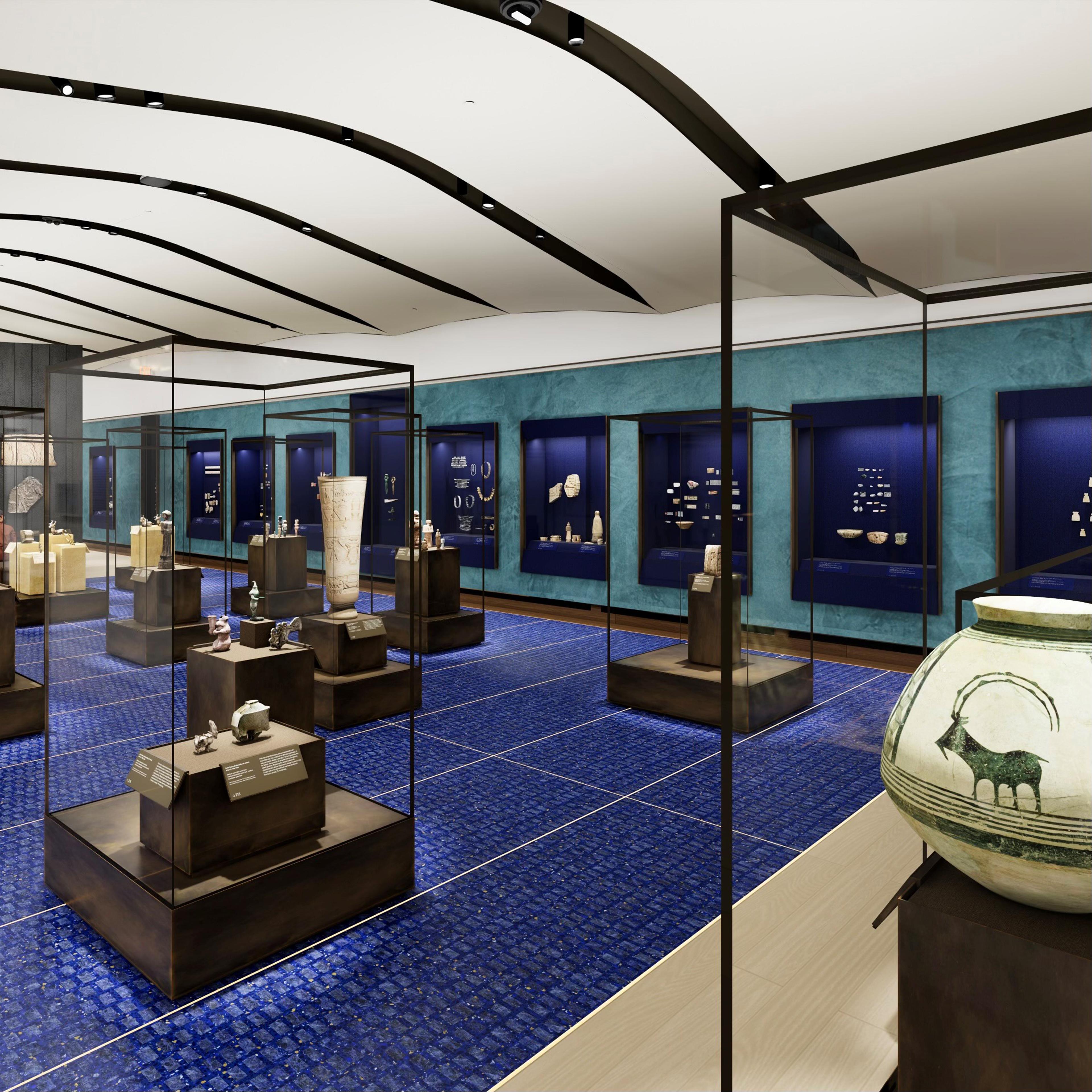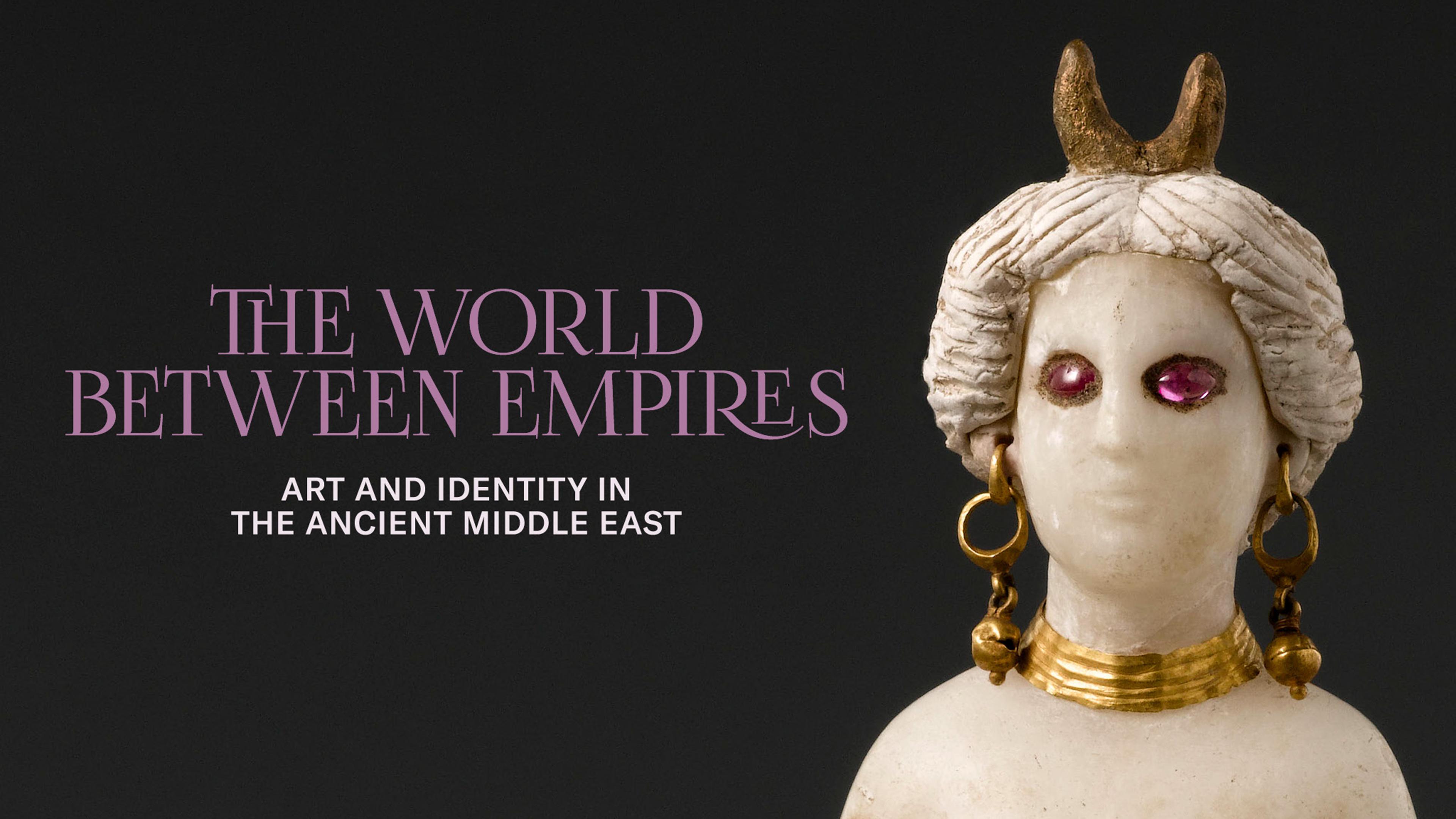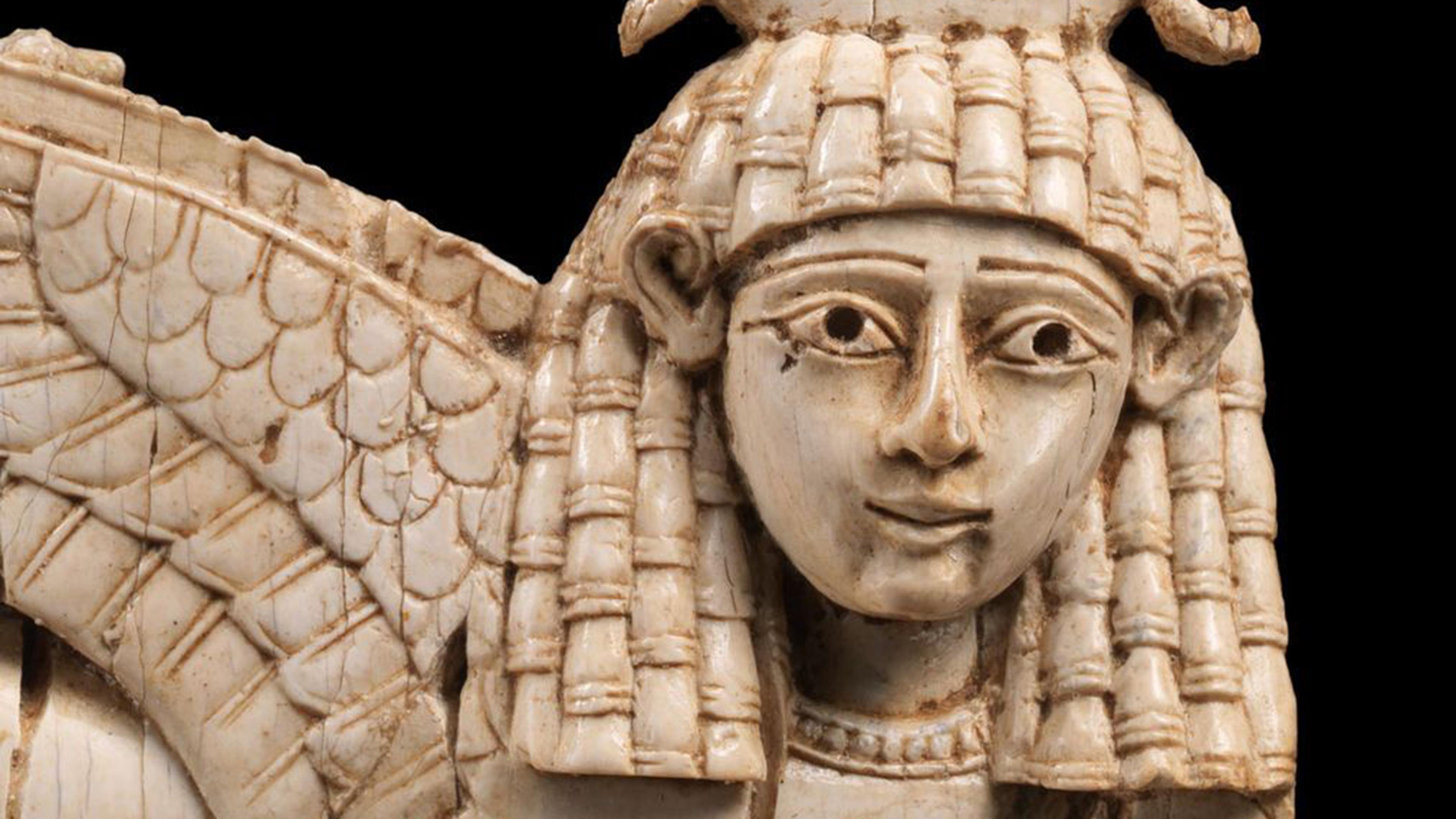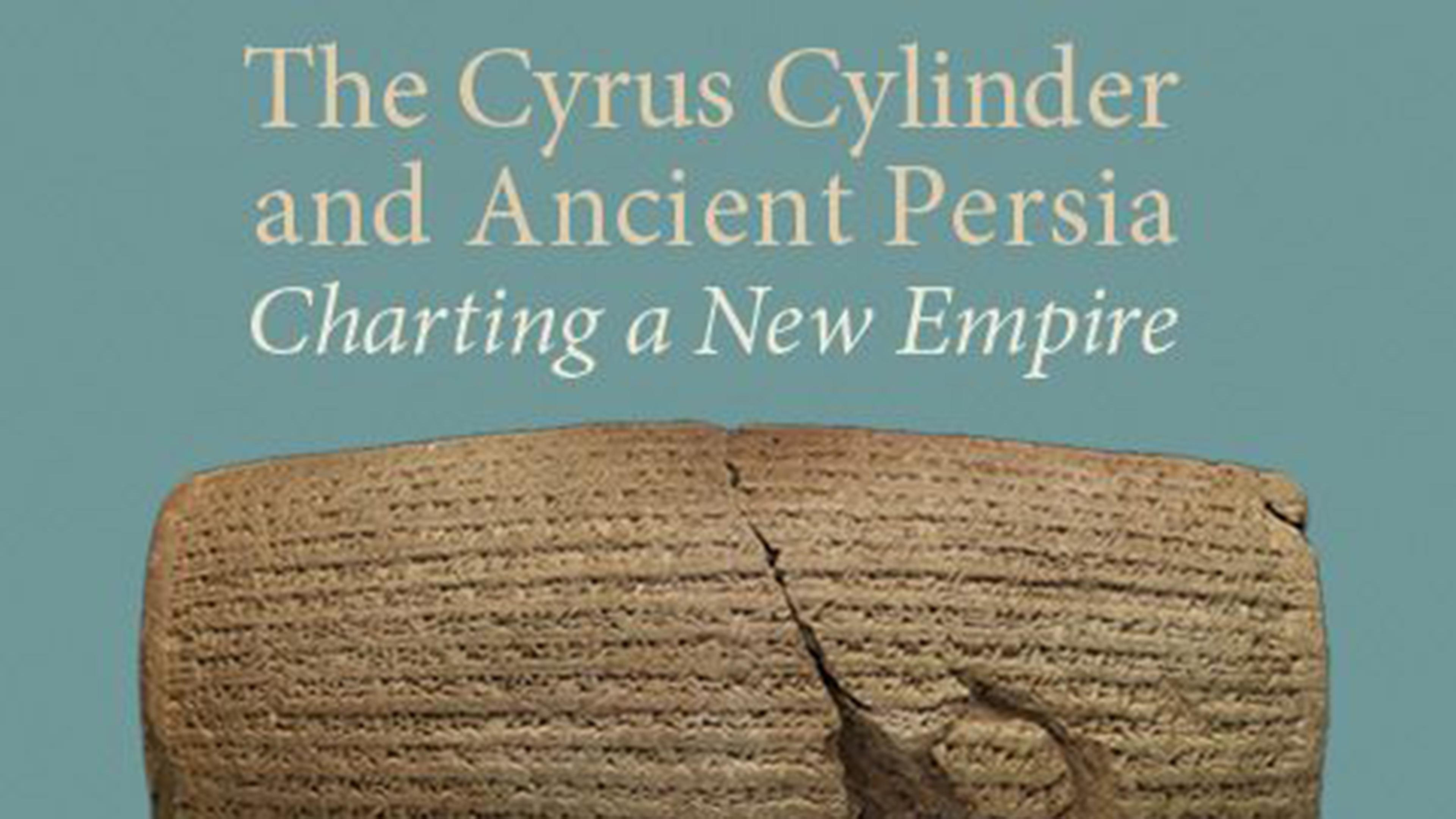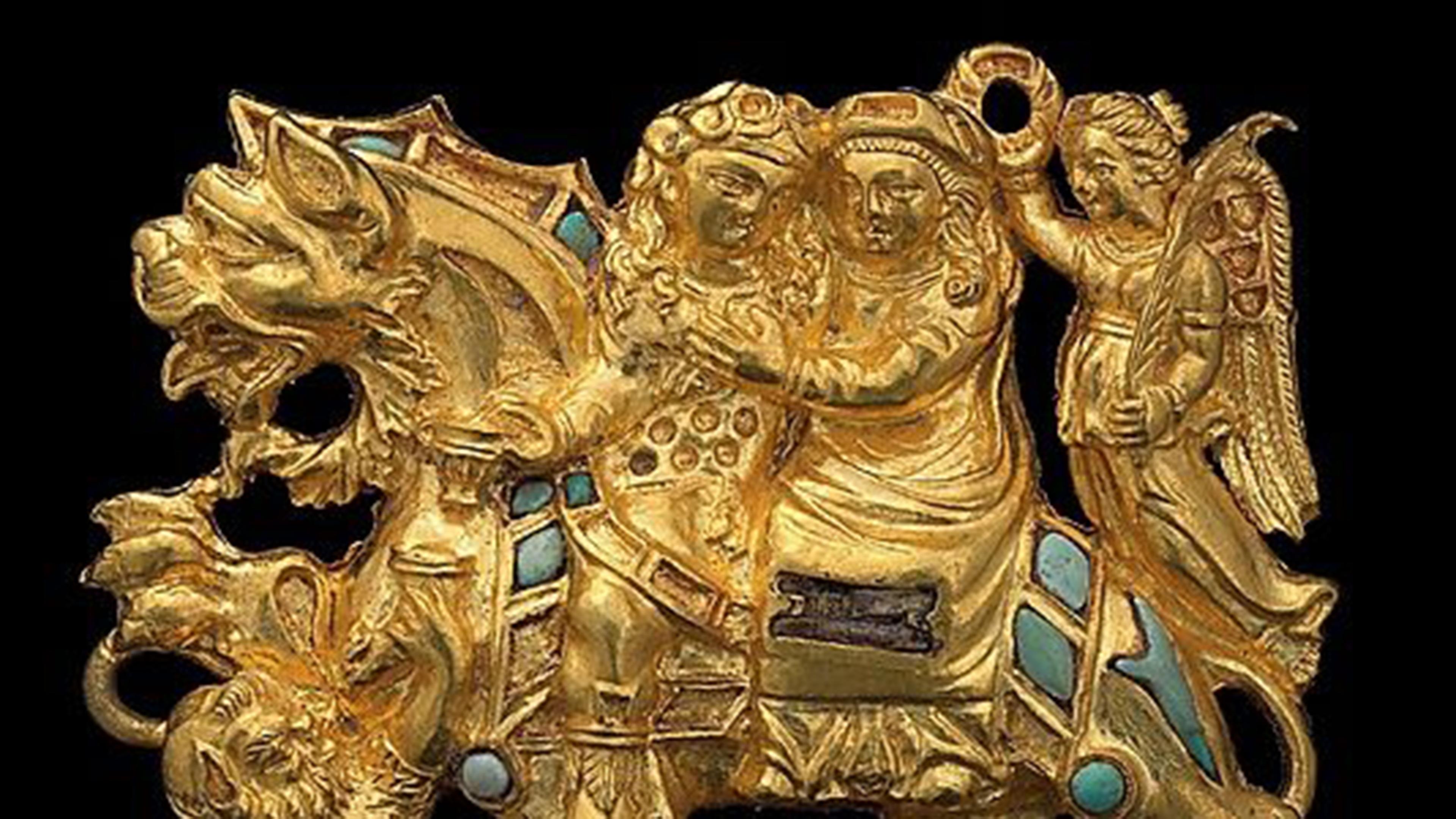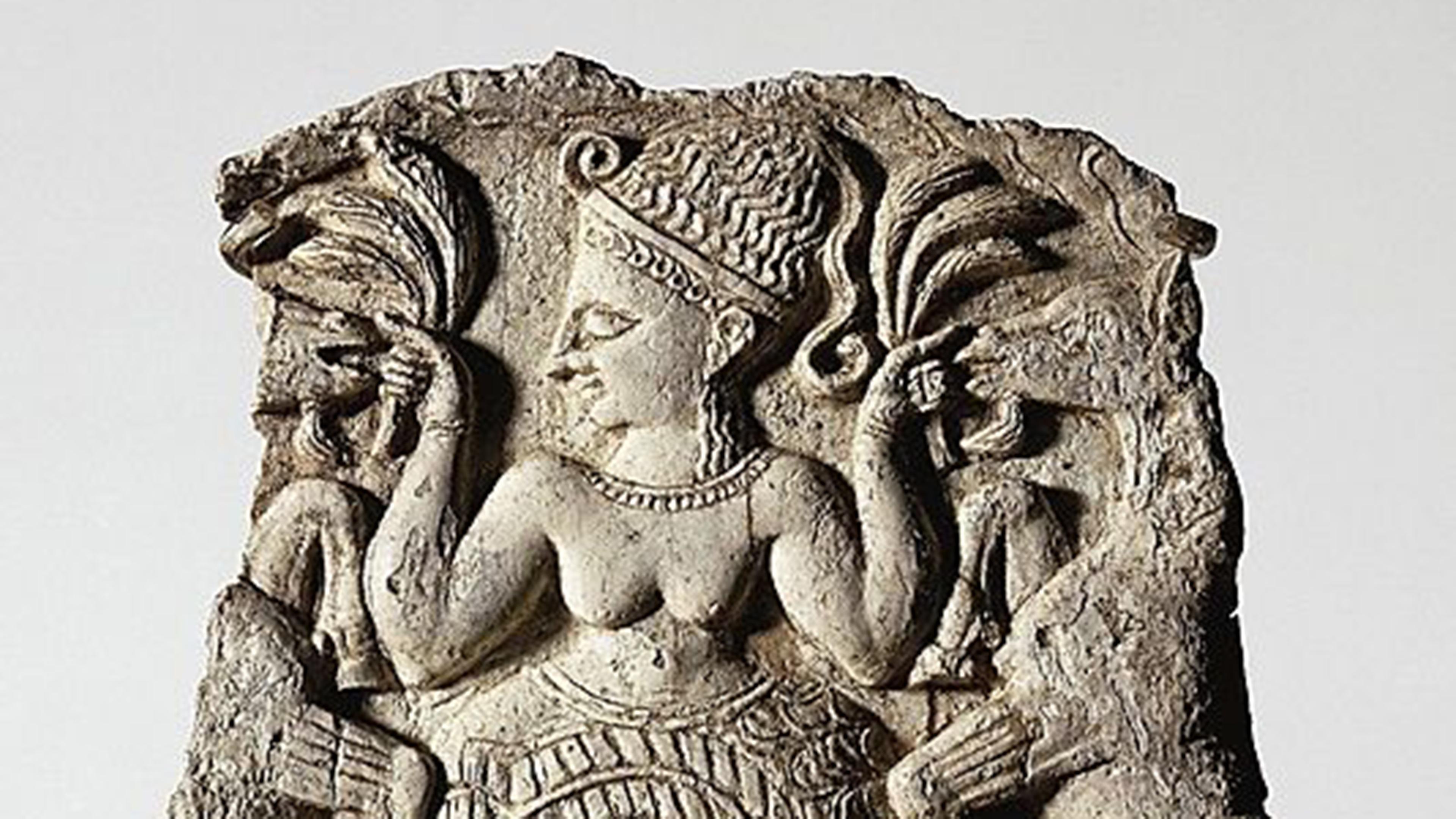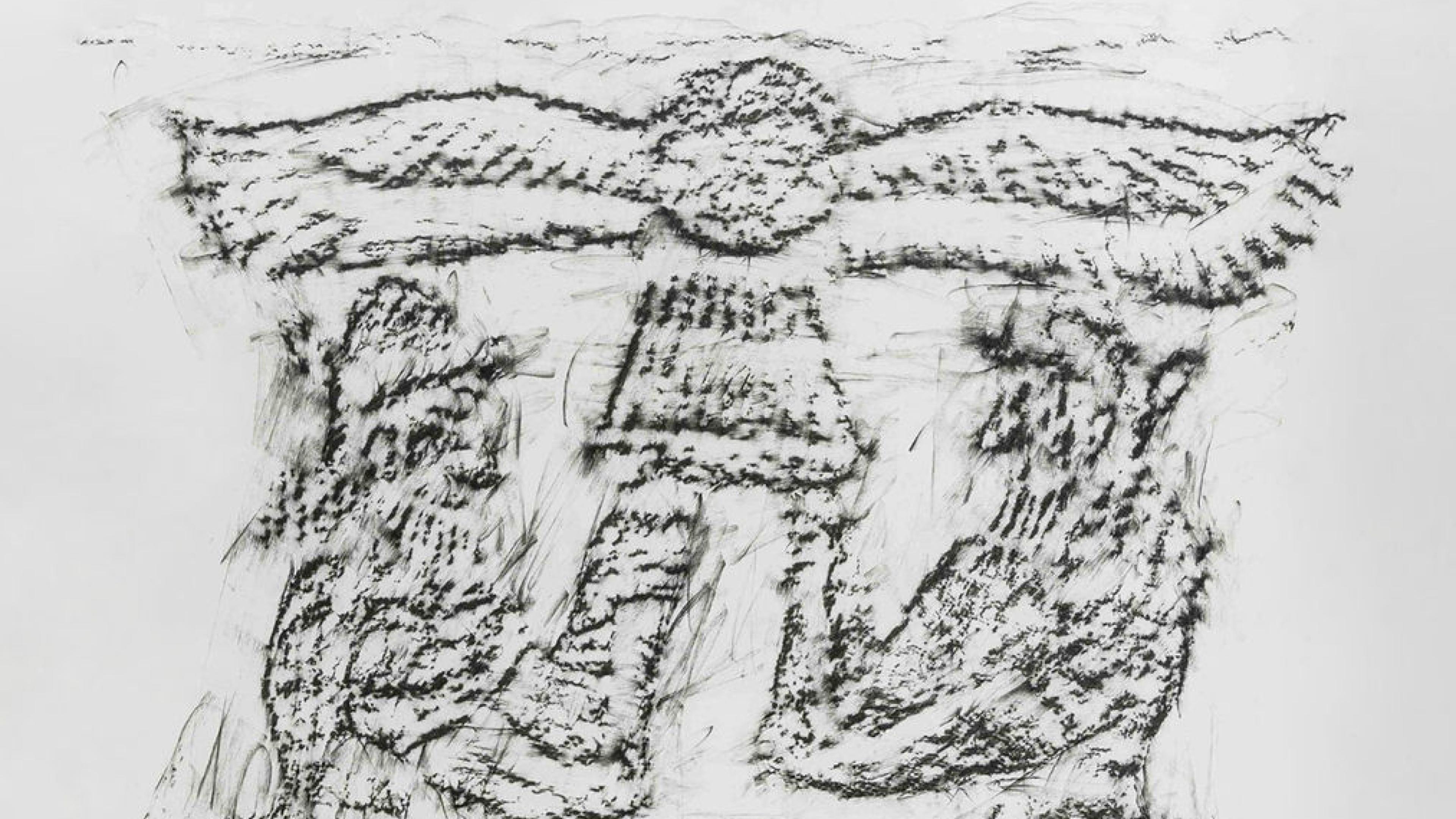
Ancient West Asian Art
About Us
The Met's Department of Ancient West Asian Art cares for approximately 7,000 works ranging in date from the eighth millennium BCE through the centuries just beyond the emergence of Islam in the seventh century CE. Objects in the collection were created by people in the area that today comprises Iraq, Iran, Turkey, Syria, the Eastern Mediterranean coast, Yemen, and Central Asia. From the art of some of the world's first cities to that of great empires, the department's holdings illustrate the beauty and craftsmanship as well as the profound interconnections, cultural and religious diversity, and lasting legacies that characterize the ancient art of this vast region.
The Met began collecting art from ancient West Asia in the first decades after the Museum’s founding in 1870 despite the fact that a formal Department of Ancient Near Eastern Art was not created until 1956. Clay documents inscribed with cuneiform as well as cylinder and stamp seals were among the earliest acquisitions followed by Assyrian, Neo-Hittite, and Palmyrene sculptural reliefs. In 1917 and 1932 substantial gifts of monumental architectural sculptures from the Assyrian capital city of Nimrud (ancient Kalhu) entered the Met’s collection. The first group was gifted by the estate of J.P. Morgan along with a number of other notable objects from a wide geographical and chronological range. The second group, gifted by John D. Rockefeller, Jr., had been shipped to England in the 1840s and '50s by Austen Henry Layard, and installed in a specially constructed porch built at Canford Manor in Dorset, England, the home of Lady Charlotte Guest, who was a cousin and supporter of Layard. These reliefs from Nimrud, which were first installed in the Great Hall of the Museum, today form the core of the galleries for Ancient West Asian Art on the second floor in a space designed to evoke their original palace setting.
The establishment in 1932 of the Department of Near Eastern Art—comprising objects from both the pre-Islamic and Islamic eras—stimulated an increase in acquisitions and also coincided with The Met’s emerging interest in archaeological excavations in the region. One season of excavation organized jointly with the German State Museums at the Parthian and Sasanian site of Ctesiphon in Iraq in 1931–2 resulted in additions of stucco and pottery to the collection. The museum acquired these and other excavated objects through the system of partage in which artifacts unearthed by foreign-led expeditions were divided between the excavators and the host or source country according to the local antiquities laws. Sometimes the Museum was represented in the field by curatorial staff and provided funding, receiving in return a portion of the finds. Other excavated objects entered the collection through gift, such as from the Colt family who had supported and participated in British excavations at Tell ed-Duweir (ancient Lachish); through purchase, such as objects excavated from Surkh Dum which were excavated by the Second Holmes Expedition sponsored by the American Institute for Persian (later Iranian) Art and Archaeology; or by exchange, such as objects excavated from Eridu by the Iraqi State Organization of Antiquities and Heritage and exchanged with Egyptian objects from The Met which entered the collections of the Iraq Museum.
The collection continued to grow through participation in excavations, particularly in the 1950s and 1960s, at sites such as Nimrud, Nippur, and Hasanlu, and by the acquisition of objects that were gifted and purchased. In 1947 a significant acquisition transformed the nature and scope of the collection of the Department. This was a purchase of eleven works of art from the Estate of Joseph Brummer, part of a much larger sale to the Metropolitan of objects assembled by this internationally known antiquarian. A highlight among these pieces of extraordinary diversity, quality and importance was the head of Ur-Ningirsu, the Neo-Sumerian ruler of the late 3rd millennium BCE. It was later discovered that the head belonged originally to an acephalous statue now in the Louvre Museum in Paris, and in 1974 the head was rejoined to its body, allowing the complete statue to be exhibited at each museum for alternating four to five year intervals. In 1956, with a sizable collection of pre-Islamic West Asian antiquities and a renewed commitment to archaeological fieldwork in the Middle East, the Museum’s Trustees established an independent Department of Ancient Near Eastern Art under the guidance of Charles K. Wilkinson.
Today the collection consists of roughly a third of excavated objects, a third acquired by gift, and a third by purchase. More recently the department no longer seeks to acquire antiquities but hopes to grow in other ways. As of May 22, 2025, the department was renamed the Department Ancient West Asian Art to use terminology that describes a distinct geographical region, rather than one that is in relation to a presumed center, and reflects a more current scholarly perspective.
The Met is undertaking a complete renovation of its galleries for the Art of Ancient West Asia and the Art of Ancient Cyprus, two of the Museum’s major ancient collections. Learn more about the renovation here.
The Department of Ancient West Asian Art aims to care for, promote, and provide access to ancient West Asian art in New York and around the world. Traditionally collecting ancient objects was seen as a major part of this work; however, we feel this is no longer appropriate in our field and in recent years the Department has increasingly turned its focus away from collecting and toward other projects, first a series of major exhibitions and publications focusing on large-scale regional interconnections that together have helped to shape the contemporary field of Ancient West Asian Art, and today the redesign and reinstallation of the Galleries for Ancient West Asian Art. This once-in-a-generation project is an opportunity to rethink narratives around objects in the collection, to tell new and more compelling stories, and to discuss the history of collecting and how these objects came to be at the museum in a more critical way.
The department also continues to be engaged in academic research and to support fieldwork. In all these activities we seek to take a collaborative approach, consulting with and inviting participation from our colleagues in the field internationally and in the United States. Currently the department supports University of Pennsylvania's Lagash Archaeological Project at the site of al-Hiba.
Further, since December 2016 it has been an increasingly important focus of the Department of Ancient West Asian Art to identify and develop outreach and engagement initiatives in response to the urgent geopolitical crises affecting the Middle East. On a fundamental level, engaging with a larger discourse outside our own department revitalizes our work and ensures it remains culturally significant. Engagement is not simply outward-focused—meaning, engaging visitors in our collections— but also reciprocal. Working collaboratively with organizations such as FreiMet, Narratio, and Ard Diyar, the department engages with the world beyond the museum, where the objects in our collection serve important functions and take on new lives.
To request a visit to study the collection at the Museum, the department asks researchers to review the guidelines and complete this form.
Gallery Closures
The Met’s galleries for the Art of Ancient West Asia have temporarily closed in preparation for the new renovation project which will reenvision the collection for a new generation of visitors.
Art
Articles, Audio, and Video
Featured
The Latest
- Video
A New Chapter for the Ibex
Marking International Provenance Research Day at The Met
- Immaterial | Audio
Immaterial: Stone
- MetKids Microscope | Video
Why Do Pennies Turn Green?
Building Tomorrow's Met
- Video
Designing Tomorrow’s Met: Nader Tehrani
Exhibitions
Press the down key to skip to the last item.
